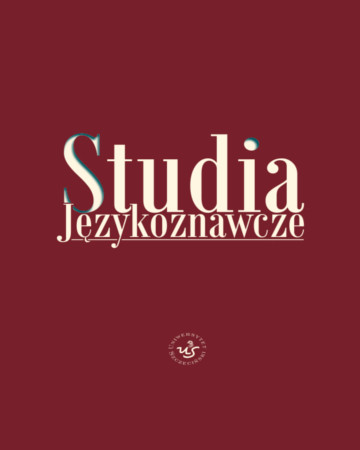Abstract
The linguistic material of the belles-lettres texts can be, and quite often is, variously perceived by the researchers. The linguists most frequently pay attention to the lexical elements, specific nomenclature, particular grammatical forms or the word-formation, as well as to the textual functionality of the lexemes, forms or their groups, or thematic sets. Some linguists also trace the rhetorical devices, particularly the metaphors and comparisons. Less frequently the analyses go beyond the literary text as a basis of the research exploration, i. e. beyond the relationship text – researcher. However, the broader approach, which takes into account the trilateral relationship writer – text – researcher, allows to grasp more aspects of nearly every problem or subject under examination. Additionally, the writer should be perceived here not only as an author or creator of the text, the message sender, the creator of his genuine writing craft, but also as a human individual, existing in a particular time and place/places, a personality, endowed with a concrete identity, specific traits, likings, opinions, and preferences. From such perspective the author presents here the selected linguistic unit – the word wing (more frequently, because of the nature of this paired organ, used in plural – wings) and the adjectival forms winged, as they occur in the set of texts of one writer. Quite not incidentally this writer is Stefan Żeromski, as he was capable of encompassing in his writings the lexical wealth, unparalleled elsewhere in the Polish literature – diverse as it in the word-formation, semantic, and functional aspects. The examined set include 257 contexts in which the word wing and its derivatives have occurred – with their various basic and secondary meanings, as well as the metaphoric textual functions.





